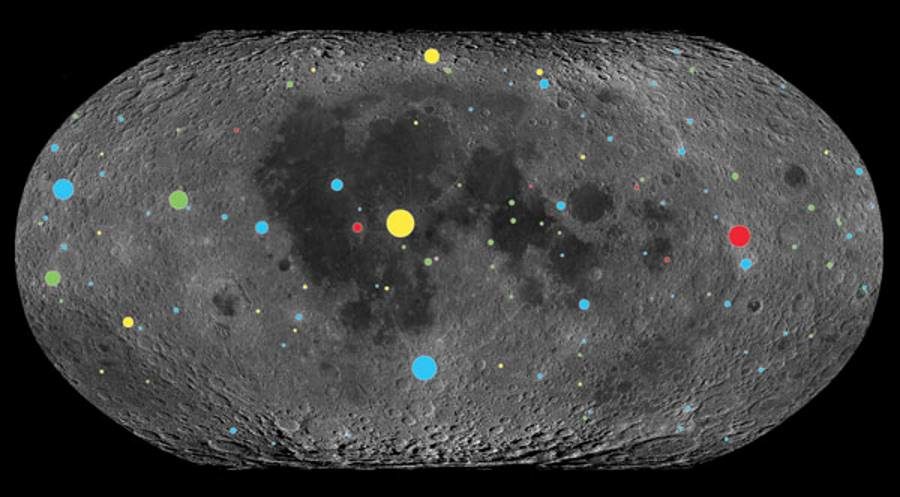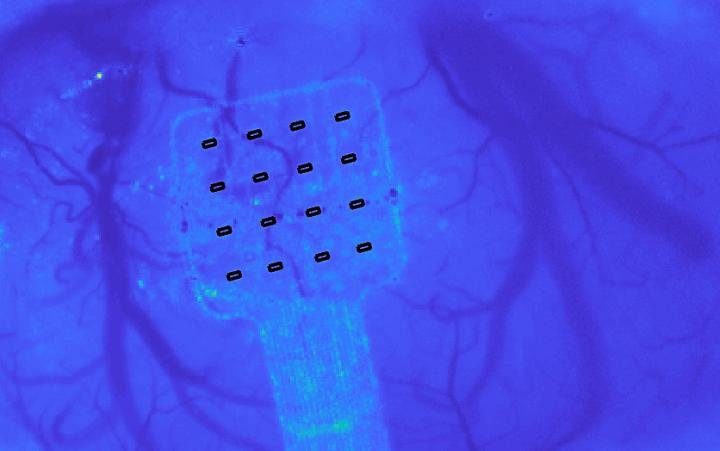
And it also influences your risk of schizophrenia and depression, say the authors of a new study published in the journal Nature Communications.
Researchers led by Mike Weedon from the University of Exeter in the UK studied the genomes of almost 700,000 people in the UK and US, finding a link between being an early riser and certain genes.
The results also highlighted a central role for the retina in the eye in helping the body to keep time.
Using the databases of US genetic testing company 23andMe and the UK BioBank study, the researchers compared differences in genes with the results of self-reported sleeping habits, which were double checked by having 85,000 people in the UK wear activity trackers.
In total, the results increase the number of areas of the genome known to influence whether someone is an early riser from 24 to 351.












Comment: Sobering research.